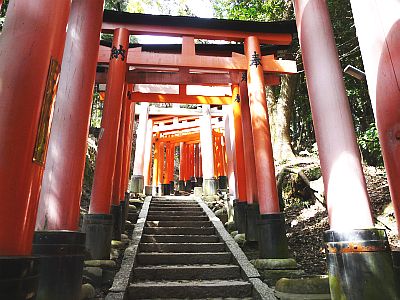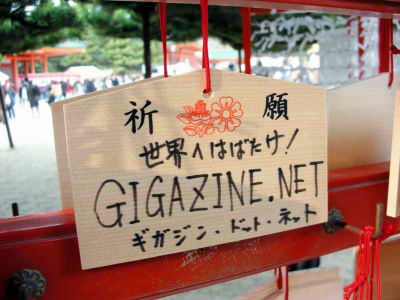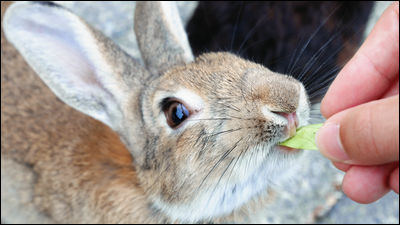I went to Tottori's White Rabbit Shrine, the legendary land of 'Inaba's White Rabbit'

I went to Hakuto Shrine in Tottori Prefecture, which is the mythical place of 'Inaba's White Rabbit' described in Kojiki. Since the main deity is the white rabbit god, many rabbits were arranged along the approach.
White Rabbit Shrine Tottori | Mythology Inaba's White Rabbit
First, move to Tottori. There are three options for public transportation between Osaka and Tottori: air, highway bus, and railroad, but the inexpensive highway bus was already full, so this time I traveled by ' Super Hakuto '. This name is derived from 'The White Rabbit of Inaba'.

Arrived at Tottori station.

Hakuto Shrine is located at 603 Hakuto, Tottori City, Tottori Prefecture, next to the
This time we will travel by bus.

The nearest bus stop is Hakuto Jinja-mae.

If you take the 41 line or 41H line bound for 'Kano Eigyosho' from platform 4, you'll be fine.

After passing through the center of Tottori City, you can see the Sea of Japan on your right as you move.

It takes about 40 minutes to arrive at the Hakuto Jinja-mae bus stop, and the fare is 610 yen. The roadside station is right next to the bus stop.

The torii of Hakuto Shrine.

Since Hakuto God had a relationship between Okuninushi no Mikoto and Princess Yagami, the area around Hakuto Shrine has become a ``sacred place for lovers'', and the post has a special specification.

A statue of Okuninushi no Mikoto and a white rabbit crossing the back of a shark lined up in front of the approach to the shrine.

stairs of the approach.
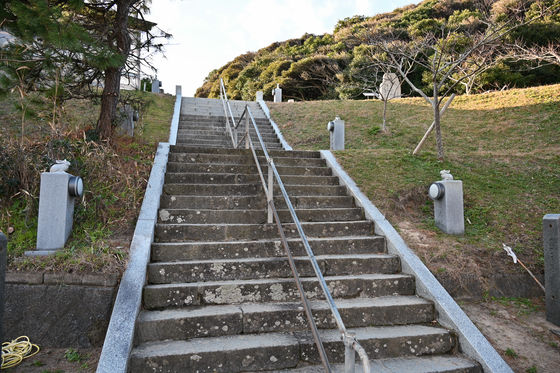
Rabbits are also placed in the lighting of the stairs.

There were rabbits of various shapes. The stones placed on the rabbit's head and body are the 'Musubi Ishi' of Hakuto Shrine, which were dedicated with wishes.

Standing rabbit.
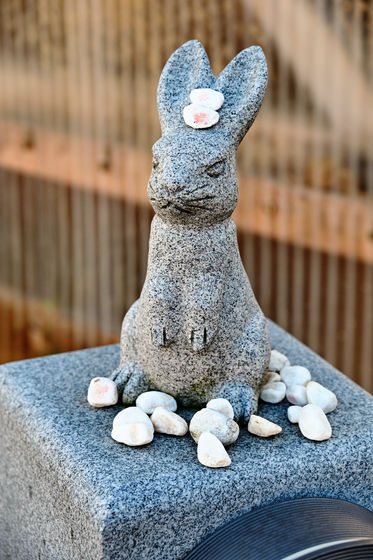
The sand statue was renewed for the first time in 12 years according to the year of the rabbit.

Looking back at the torii from in front of the sand statue, it looks like this. The building on the left is the roadside station.
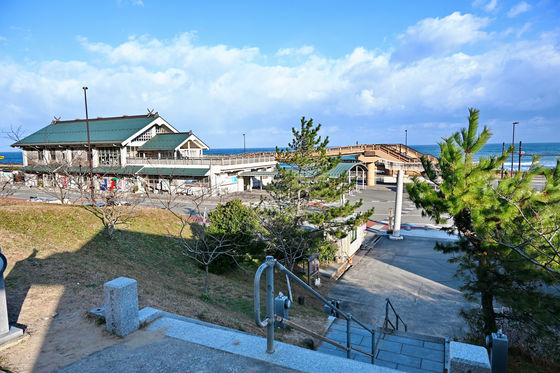
The approach leading to the second torii is a little uphill.
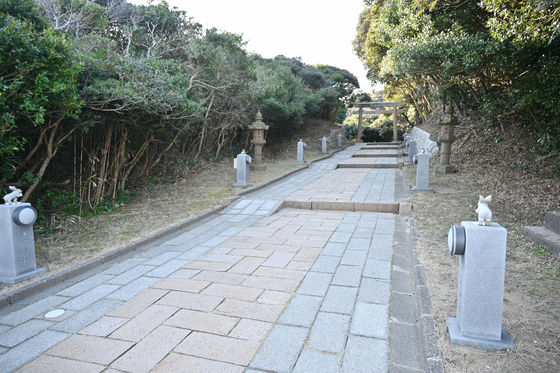
It is a little downhill from the second torii.
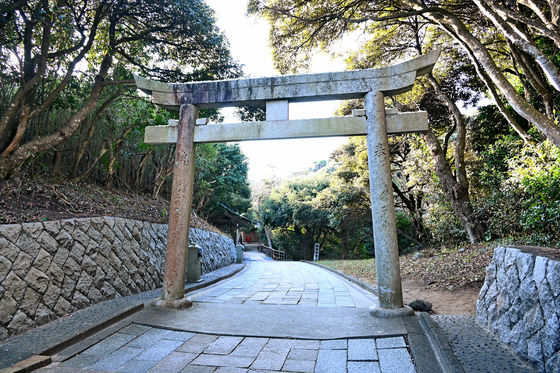
There were many knot stones on the torii.

'Mimiarai Pond' where the white rabbit washed its body. The amount of water is almost constant, so it is also called immortal pond.
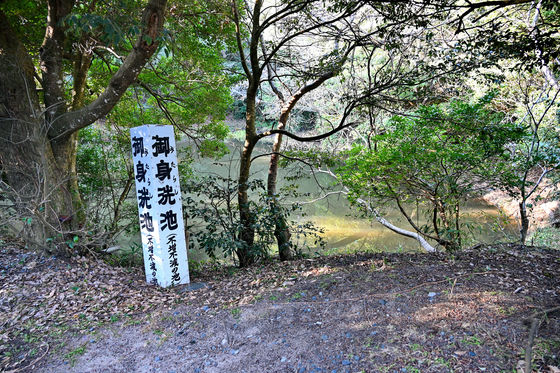
Dragons are often used as a motif for chozuya, but rabbits were used as a motif at Hakuto Shrine.
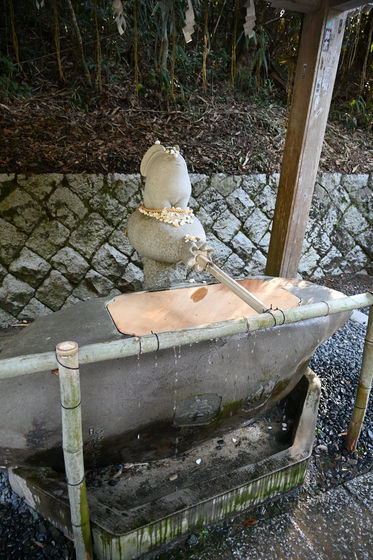
Main hall.
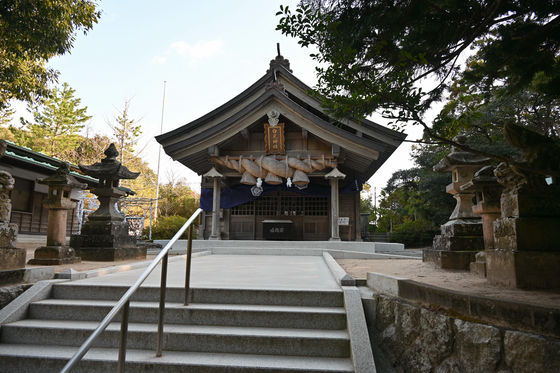
The Komainu was definitely not a rabbit.
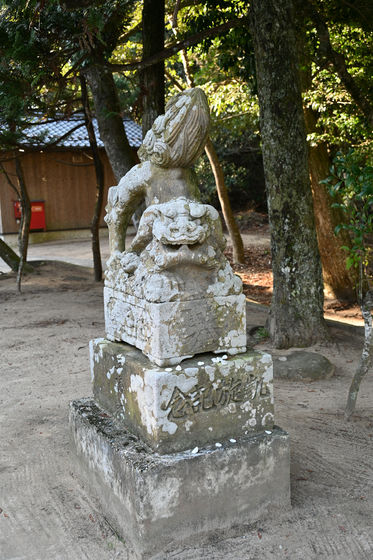
In front of the shrine office, a rabbit with disinfectant was waiting.

In addition to matchmaking amulets and talismans, there are white rabbit fortunes.
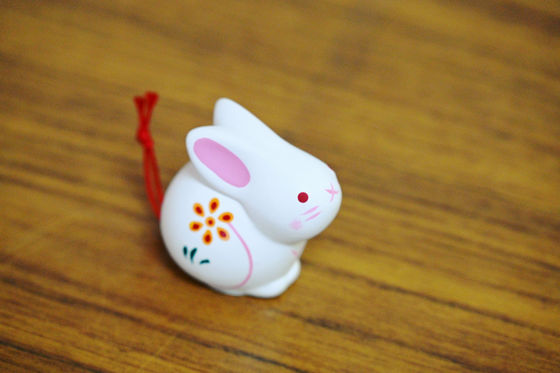
On the way back, the scenery from the second torii is like this.
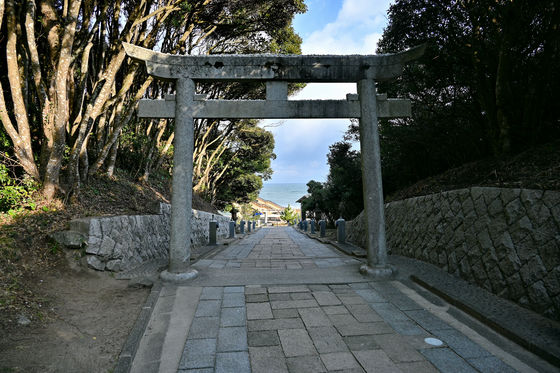
If you cross the pedestrian bridge near the roadside station, you will come to Hakuto Beach. On the northwest side of the roadside station, you can see a rock floating in the sea.

The island looked like a rabbit when viewed from the side.
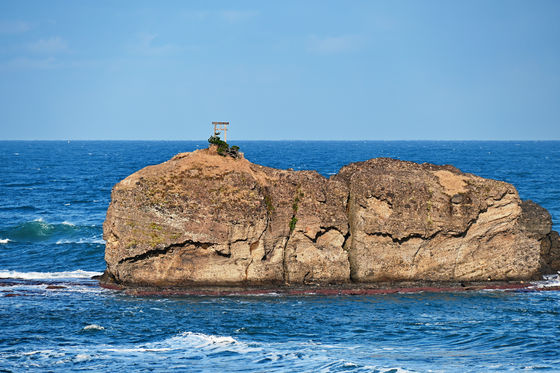
Related Posts:
in Coverage, Posted by logc_nt

